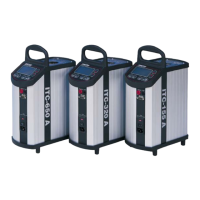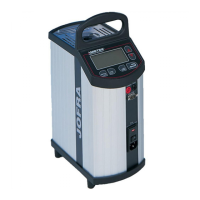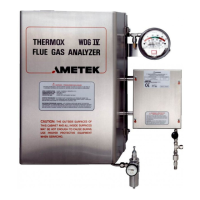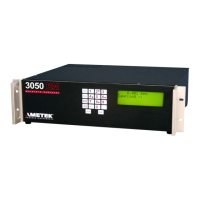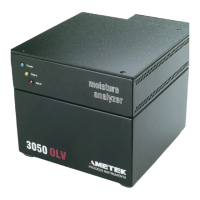Essential Health & Safety Requirements | 31
To install the Sample and Vent Lines:
1. Lay out the Sample and Vent Lines.
Route the Sample Line from the analyzer to the sample probe (or
process tap) and the Vent Line from the analyzer to the return/vent
location.
Ensure there are no loops, sags, or other traps in the Sample and Vent
Lines. Provide support where needed.
2. Make the connections at the analyzer. Refer to Figure 4a.
3. Connect the Sample Line to the sample probe or process tap.
4. Connect the Vent Line from the analyzer to the return/vent location.
Installing and Connecting the Instrument Air/Zero Fluid Line
Instrument Air or Nitrogen can be used as the aspirator/pneumatic valve
drive fluid and to zero the analyzer. This procedure assumes Instrument
Air is being used for these functions. The procedure is the same, regard-
less of which medium is being used.
The customer supplies the Instrument Air/Zero fluid line. The tubing
must be 1/4” O.D. 316 stainless steel tubing with appropriate 1/4” tube
connectors.
If using Instrument Air:
• The Instrument Air must meet the ANSI/ISA-7.0.01 (1996) specifica-
tions at all times. If the Instrument Air cannot meet these require-
ments, an inlet filter system must be installed.
• The air must be supplied to the analyzer pressure regulator at a pres-
sure of 490–700 kPag (70–100 psig / 4.8–6.9 barg). Pressure require-
ments may vary, depending on the application; refer to customer-spe-
cific drawings located in the “Supplemental Information” tab of this
manual or the Documentation Package shipped with the analyzer.
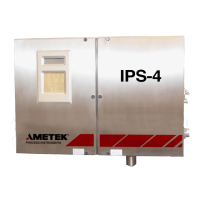
